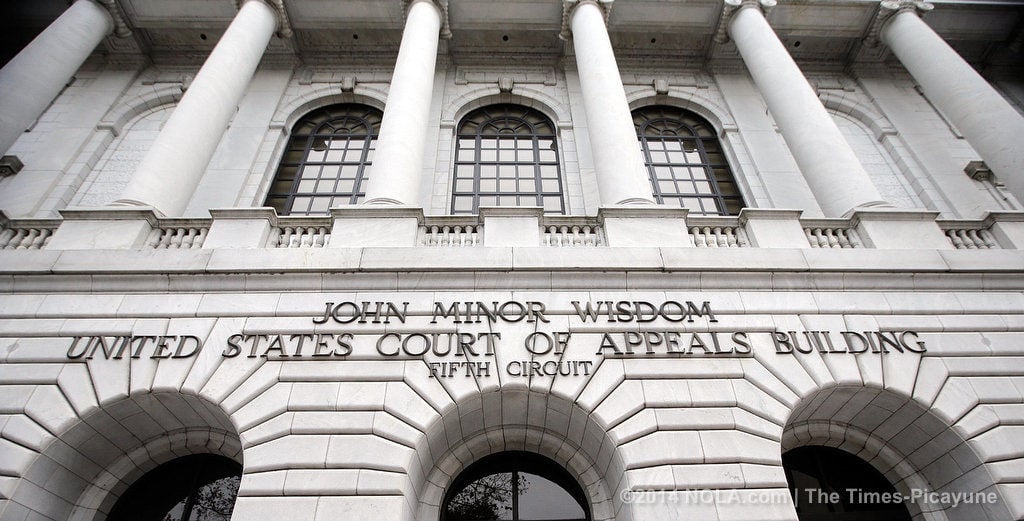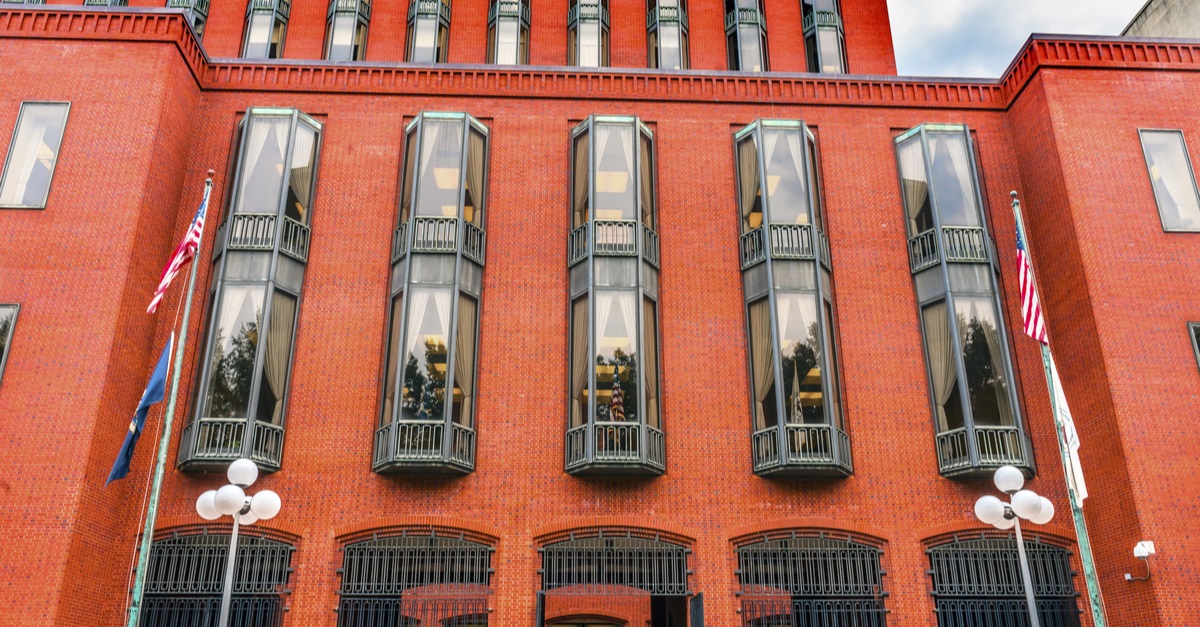

Those case would proceed but likely no new cases (or very few new cases) would be affected. The window for Arthrex-affected decisions given the Federal Circuit’s limited remedy is largely closed at this point, with most affected cases already remanded to the Patent Office (which has effectively stayed them) or stayed at the Federal Circuit by agreement of the parties.

If instead the Supreme Court affirms the Federal Circuit on both issues, the result would also probably be business as usual. If the latter, the Federal Circuit might end up getting back a bunch of cases that Arthrex had effectively taken off its docket. Cases remanded under Arthrex might be redecided by a new PTAB panel or perhaps could be returned to the original panel, which could reinstate its original Final Written Decision.

The PTAB will continue to oversee and decide the same cases it does today, albeit the administrative patent judges would once again be protected under the Administrative Procedure Act from at-will removals. If the Court reverses the Federal Circuit on the first question, finding no Appointments Clause violation at all, it will largely be business as usual for Patent Office proceedings. Given the issues the Supreme Court has agreed to hear, the effect of the Court’s eventual decision on patent law could be relatively ho hum or far reaching. (The SG also asked the Supreme Court to review whether parties needed to raise their constitutional challenge in the PTAB first, but the Court declined to review that question presented.) Add on the fact that the Federal Circuit has exclusive jurisdiction over patent cases (so there’s no opportunity for a circuit split or further development in other courts) and that the Solicitor General of the United States was one of the petitioners (the SG has a much better success rate than other litigants) and you have a recipe for a strong chance of Supreme Court review. Although the success rate for certiorari petitions is extremely low, cases in which a federal appellate court strikes down all or part of a federal statute are much more likely to attract the Justices’ attention. The Supreme Court’s decision to review the Federal Circuit’s decision shouldn’t come as a major surprise and probably shouldn’t be taken as indicating how the case will come out.
#The fifth circuit court of appeals same as supreme court trial#
The Federal Circuit has since extended Arthrex’s reach to other types of proceedings before the Patent Trial and Appeal Board while continuing to limit the remedy and the parties entitled to it. But the Federal Circuit blunted the effect of that holding by granting only a limited remedy-remand for a new hearing and a new decision from a new panel of judges-and by limiting who was entitled to that remedy-to only those who had received a final written decision from the Board before the Federal Circuit’s decision and had properly preserved an Appointments Clause challenge. Constitution by giving the Secretary of Commerce, and not the President, authority to appoint the administrative patent judges who decide inter partes reviews. the Federal Circuit held that the America Invents Act violated the Appointments Clause of the U.S. As a short recap: last October in Arthrex, Inc. That issue is one Federal Circuit watchers are very familiar with, and we’ve written about it several time times (see here, here, and here). The case is about the proper procedure for appointing administrative patent judges at the Patent Trial and Appeal Board. Today, we got another data point with our first grant of a Federal Circuit case for the new Supreme Court term. Over the past several months, we’ve looked at what Federal Circuit cases the Supreme Court has and hasn’t reviewed, and how often the Supreme Court agrees with each Federal Circuit judge.


 0 kommentar(er)
0 kommentar(er)
